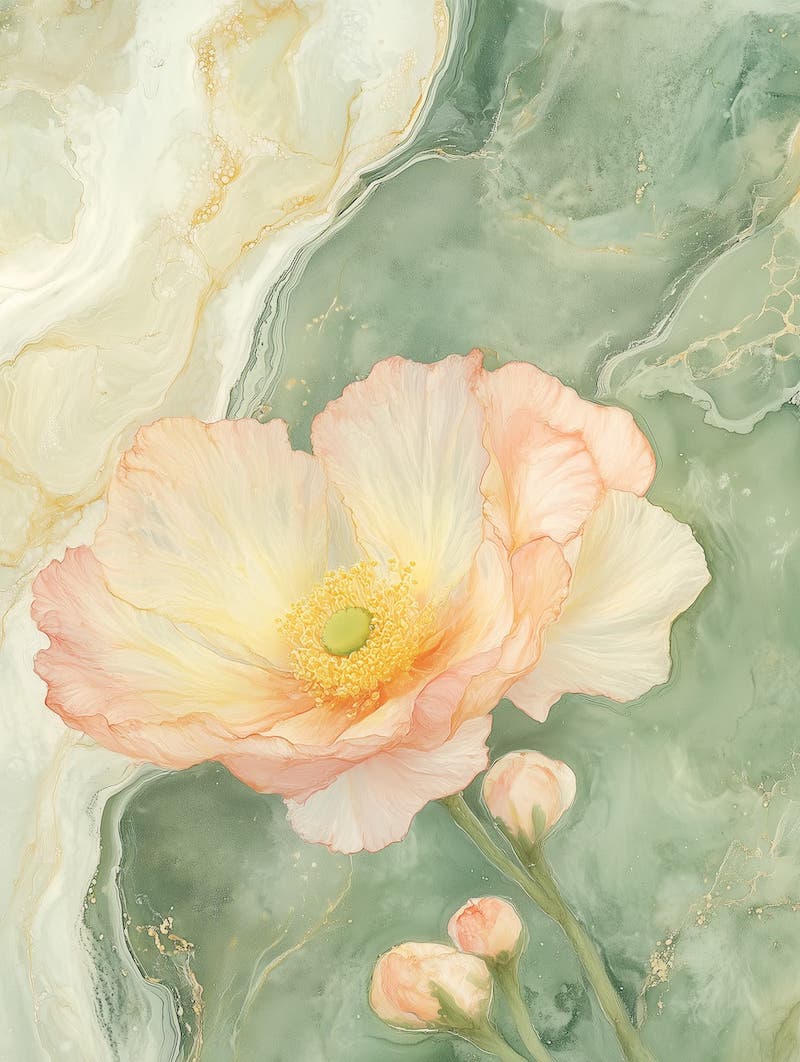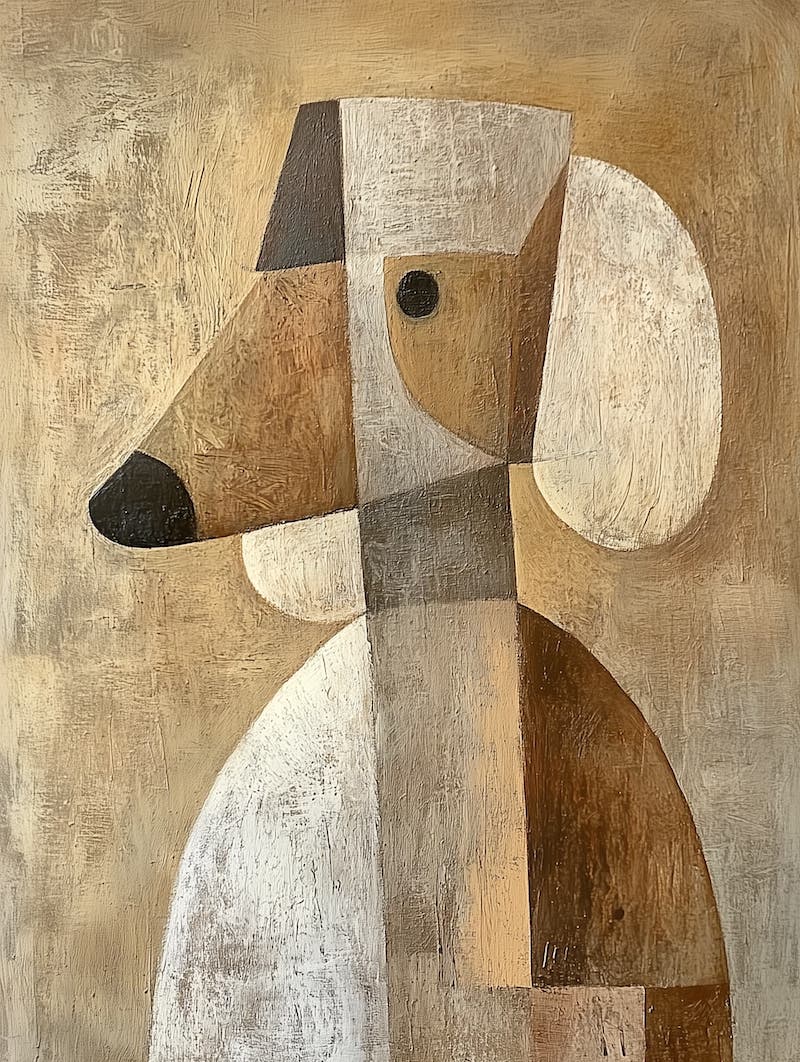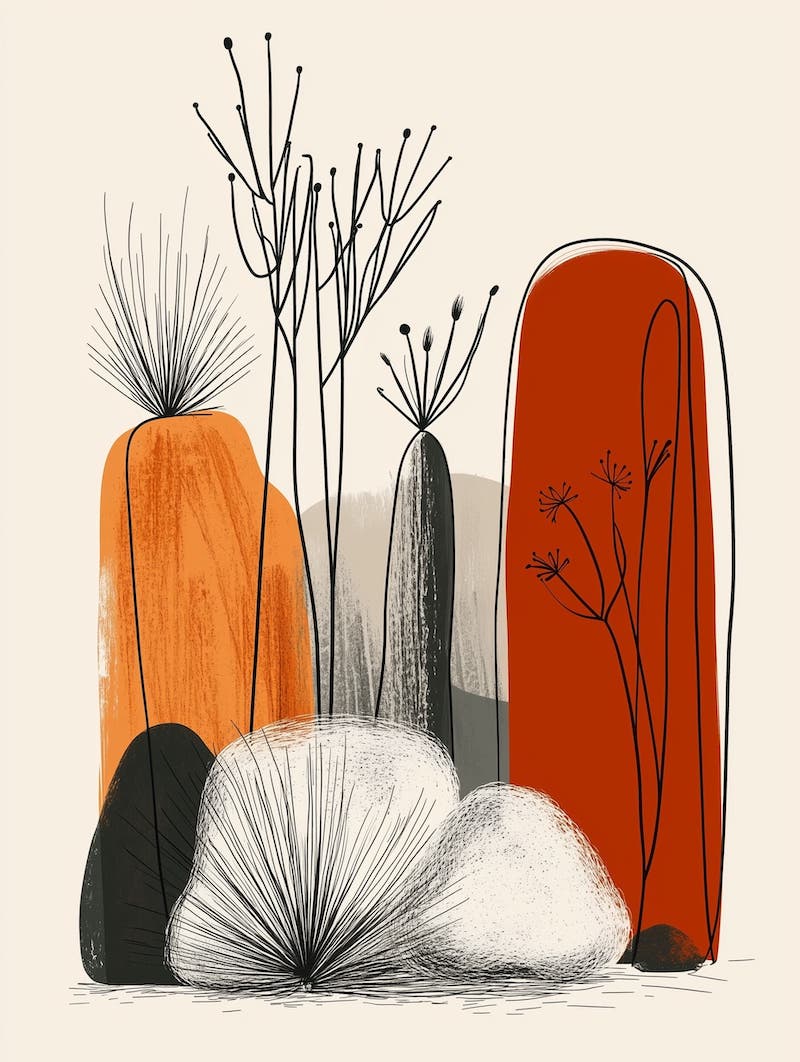Is white really a color—or the absence of it? No matter how you define it, white is the ultimate blank canvas in interior design, offering a crisp, clean foundation that pairs beautifully with nearly any shade. But with so many possibilities, how do you choose the right colors to complement white without making your space feel too stark or too predictable?
Whether you’re looking to create a serene and airy retreat, a bold and modern contrast, or a warm and inviting atmosphere, the right color combinations can make all the difference when decorating your home. Let’s explore the best hues to pair with white and how they can transform your home.
Warm Whites vs. Cool Whites: The Importance of Undertones
Not all whites are created equal—some are warm with soft, creamy undertones, while others are cool with crisp, bluish hints. Choosing between warm and cool whites could be complex in interior design, as the wrong tint can affect a space’s overall ambiance. Here’s how to differentiate between the two and decide which works best for your home.
Warm Whites: Cozy and Inviting

Warm whites have yellow, red, or beige undertones, giving them a softer, more welcoming feel. They work well in spaces where you want to create a cozy, comfortable atmosphere.
Best uses for warm whites:
- Traditional and Rustic Interiors: Complements wood tones, vintage decor, and farmhouse aesthetics
- South-Facing Rooms: Balances out bright natural light without feeling too stark
- Bedrooms and Living Spaces: Adds warmth and a sense of relaxation
- Pairing with Earthy Tones: Works well with beiges, terracotta, and warm greens.
Cool Whites: Crisp and Modern

Cool whites contain blue, grey, or green undertones, giving them a fresh, airy, and contemporary look. These whites are great for achieving a clean and sophisticated aesthetic.
Best uses for cool whites:
- Modern and Minimalist Interiors: Works well with sleek, contemporary designs
- North-Facing Rooms: Helps brighten spaces that receive less direct sunlight
- Kitchens and Bathrooms: Enhances a clean, fresh feel
- Pairing with Cool Tones: Looks great with blues, greys, and cooler pastels. Consider a blue accent wall to pull the cooler tint of the white to the surface.
How to Choose the Right White for Your Space
- Consider Your Lighting: Natural light affects how white appears—warm whites soften bright sunlight, while cool whites brighten darker spaces.
- Consider the Rest of Your Color Palette: A cool white won’t look right when paired with shades like terracotta or burgundy. Equally, a warm white might clash if you’re layering crisp blues and greens.
- Look at Existing Decor: Choose warm white if your room has warm elements (wood furniture, warm-toned metals). If it has cooler elements (glass, chrome, cool-toned stone), cool white will better complement them.
- Test Before Committing: Always sample white paint on your walls before committing—its appearance changes throughout the day with different lighting conditions!
By selecting the right shade of white, you can create the perfect foundation for your space—whether you want a cozy retreat or a crisp, modern look.
What Colors Don’t Go Well With White?
White is an incredibly versatile color that pairs well with just about everything, but a few colors can be tricky to coordinate with white, depending on the shades and context. Here are some colors that may not work as well with white in certain situations:
Harsh or Clashing Neons: Bright neon colors, such as electric green, neon yellow, or hot pink, can feel overwhelming against a stark white background. The extreme contrast can make the colors appear too harsh and unbalanced rather than harmonious.
Very Pale Pastels: Soft pinks, lavenders, or baby blues may look washed out next to stark white.
Certain Off-Whites and Creams: Undertone clashes (cool vs. warm) can make off-whites look dingy or aged next to crisp white.
Black: While black and white is a classic pairing, it has the most extreme color contrast of any duo. If the contrast is too much for your space, consider swapping for a softer alternative, like navy blue.
While white is a flexible base, achieving the right balance requires undertones, texture, and contrast. Instead of avoiding these colors altogether, consider using complementary hues, layering textures, or adjusting the warmth of your white to make the pairing feel intentional and cohesive.
Dramatic Dark Hues: Creating High-Contrast Impact

Dark colors paired with white create a bold, modern aesthetic.
- Deep Purple & Navy Blue: These rich jewel tones enhance the crispness of white, creating a luxurious, moody atmosphere.
- Forest Green: Against white walls, deep green adds depth and organic elegance.
- Charcoal Grey: A sophisticated neutral that makes white feel even more striking.
Pairing white with dark hues not only creates visual contrast but also makes your space feel dynamic and intentional. Lighten a dark palette with crisp whites, such as marble countertops or white walls to reflect natural light and make spaces feel more open and inviting.
Combining dark colors and whites creates a dynamic aesthetic ideal for decorating kitchens and living areas. It infuses energy into your space. By choosing the right dark shades, you can craft a sophisticated, contemporary design that’s stylish and functional.
Quick Tip: If painting a dark accent wall feels too bold, incorporate these deep tones through furniture, textiles, or art.
Soft & Earthy: A Natural, Tranquil Approach
For a more calming, organic aesthetic, consider these soft, nature-inspired pairings:
Sage Green: Fresh & Serene

Pairing sage green with a shade of white, especially warm whites, creates a relaxing atmosphere perfect for decorating bedrooms and living rooms. A subtle green or yellow undertone in white enhances the natural feel, offering a more organic and serene decor.
Sage green’s compatibility with other neutral tones makes it a versatile choice for various design styles. This combination excels in Scandinavian palettes, providing a fresh and inviting look. Embrace the peaceful, earthy vibe that sage green brings to your space, blending elegance and comfort.
Styling Ideas:
- Layer in wooden furniture and rattan accessories for a natural look.
- Add live greenery to enhance the tranquil aesthetic.
- Opt for textured fabrics like linen to reinforce the organic feel.
Warm Beige: The Ultimate Neutral Pairing

A white and beige palette is effortlessly sophisticated, but undertones matter!
Best Combos:
- Warm beige + creamy white = Soft and inviting (think cozy, sunlit rooms)
- Cool beige + bright white = Chic and modern (perfect for contemporary spaces)
To keep beige from feeling too flat, mix in rich textures like wool, woven textiles, or brushed metals.
Warm beige, in particular, is quite popular for painting living rooms. To create harmony, ensure the white you choose has warm undertones. You could even consider bridging the gap between the two colors by adding shades of cream or expanding the palette with shades of brown.
On the other hand, cool greys can be elevated by cool whites, as their blue or green undertones complement each other for a cohesive, modern look. This pairing works particularly well in contemporary or minimalist interior design, enhancing a sense of airiness and sophistication. To avoid a sterile feel, incorporate texture through soft textiles, natural wood accents, or metallic finishes to add warmth and depth.
Earthy Pink: Subtle & Sophisticated

Soft terracotta or dusty pink paired with warm white creates a space that feels effortlessly elegant. The subtle warmth of earthy pink against the purity of warm-toned whites provides a calming effect, promoting tranquility. It’s ideal for a modern, bohemian, or Scandinavian aesthetic.
Styling Ideas:
- Use natural materials like clay or raw wood to enhance the look.
- Mix in muted gold accents for a touch of warmth.
- Incorporate linen curtains or velvet throw pillows for depth.
Whether your style leans modern or traditional, pairing white with pink can suit both decor styles beautifully.
Cheerful & Bright: Energizing White Pairings
Bold Red: Passionate & Dynamic

For a striking and confident look, pair white with bold red. This high-energy combination adds vibrancy and a sense of drama, making it perfect for statement-making spaces.
However, it’s a good idea to keep the 60-30-10 rule of interior design in mind for this intense color. The color psychology tied to red means that too much of it can easily overwhelm a room.
Before you dive into painting the walls, experiment with red accents. A mostly neutral room makes a perfect backdrop for an oversized red canvas print, allowing it to command attention without competition. On the other hand, you could choose a darker or more muted red to cover a larger visual area without straining the eye. For example, decorating a home office with deep burgundy walls, light-toned wood furniture, and a creamy white rug and light fixtures.
If bright red accents still stick out in your space, consider pairing white with orange for a slightly softer contrast.
How to Style It:
- Use red accent furniture or decor against a crisp white backdrop.
- Add red throw pillows or a bold red rug to make a statement.
- Pair with neutral elements like black or grey to tone down the intensity.
Sunny Yellow: Vibrant & Optimistic

A splash of cheerful yellow can transform any space, bringing a burst of energy and warmth that pairs beautifully with the crispness of white. This dynamic duo easily brightens rooms, creating an energetic ambiance perfect for relaxation and productivity.
This combination thrives in kitchens, where its sunny disposition enhances the cooking experience. To elevate the aesthetic, introduce grounding colors like charcoal grey for depth and sophistication.
How to Style It:
- Add yellow throw pillows or accent chairs.
- Incorporate soft white walls to prevent the look from feeling too overpowering.
- Balance with grounding elements like charcoal grey or muted browns.
For those who love color, white provides the perfect backdrop for bold, energetic hues.
Calm & Clean: White Color Combos That Feel Refreshing
Serene Blue: Classic & Timeless

Blue with white creates a calm, coastal-inspired look. Whether you choose sky blue, powder blue, or navy, this combination never goes out of style.
Pairing white with pastel blue can enhance the tranquility of any room, achieving an airy aesthetic reminiscent of clouds in the sky. For a more modern take, teal and white create a bold yet sophisticated look that feels both fresh and contemporary. Teal’s depth as an in-between color adds richness to white’s crisp simplicity, making it an excellent choice for modern interiors that balance vibrancy and elegance.
This versatile combination allows you to incorporate natural elements, like wooden accents and greenery, to elevate the serene feel further.
Perfect For:
- Decorating bathrooms (crisp white tiles with blue accents)
- Bedrooms (soft blue bedding against white walls)
- Living rooms (navy sofas with white trim and natural wood furniture)
Soft Grey: Elegant & Understated

Pairing white with soft grey creates a sophisticated, modern aesthetic. This neutral duo works well in any space, offering a timeless and versatile foundation. In modern minimalist homes, it creates a sleek, refined look, while in office spaces, it encourages focus and clarity. In living rooms and bedrooms, soft greys add depth while maintaining a contemporary feel.
Grey and white can easily combine to form two-thirds of an accented neutral color palette, allowing you to play with brighter colors in easily swapped accent pieces like wall art, curtains, and throw pillows.
Styling Ideas:
- Use layered textures like wool, faux fur, and linen to prevent the space from feeling too sterile.
- Pair with metallic finishes (silver or brushed nickel) for a polished look.
- Introduce pops of color, like navy or mustard, for contrast and dimension.
The Versatility of White in Color Pairings
White is more than just a background color—it’s a design powerhouse. Whether you prefer bold contrasts, earthy warmth, or soft serenity, white adapts to the mood and colors of your interior design, allowing your chosen hues to shine.
By carefully selecting colors that go with white and considering lighting, texture, and undertones, you can create a space or style that feels fresh, cohesive, and uniquely yours. No matter your approach, white remains a timeless and elegant choice that never goes out of style.




